Roasted Asparagus
If you are wondering the best way to make roasted asparagus without it turning mushy, limp and watery you are in the right place! I am going to show you how to roast asparagus and a simple way of jazzing it up with just a couple simple ingredients.
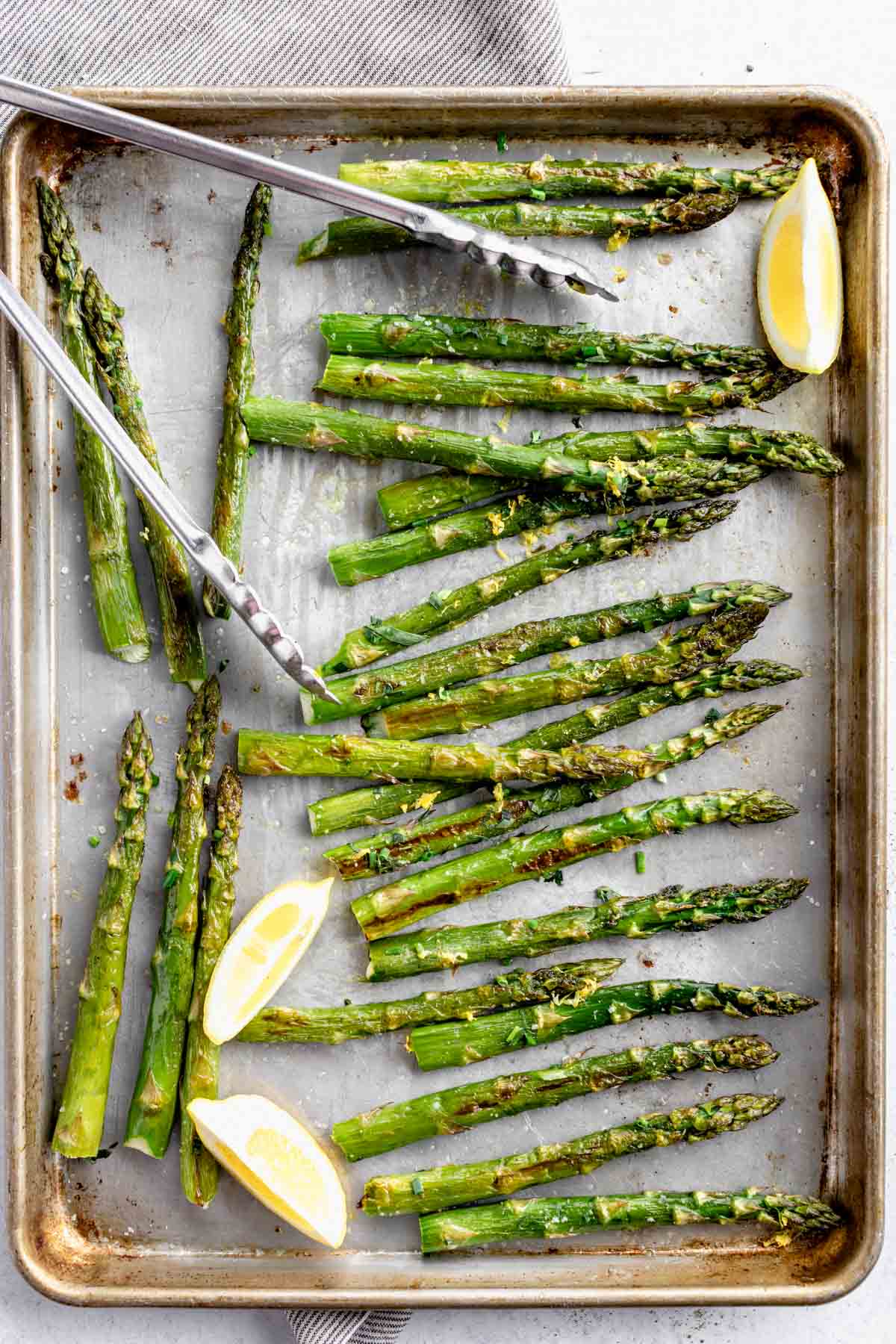
Table of contents
Why We Love This Roasted Asparagus
This Roasted Asparagus recipe is a simple healthy vegetable side dish and arguably the easiest way to prepare asparagus! You can serve it as a side dish for a weeknight meal, serve it with Sunday supper or add it to a holiday menu! It is so versatile and goes with a variety of main course recipes. What’s more, you can adjust the seasonings to change the flavor profile!
If you have been following me here at Healthy Seasonal Recipes then you know that I am pretty much obsessed with roasting veggies. I roast them all! From root veggies like Roasted turnips and Roasted Beets to other veggies like roasted cauliflower, roasted baby carrots, roasted brussels sprouts, roasted broccoli and roasted green beans. That’s just a sampling, so you know that I have covered a wide range here!
I have yet to cover the basics of roasting asparagus here on the blog. That has to change today my friends because it is one of my favorite springtime dishes! Since April is the peak of Asparagus season and it is iso fresh at this time of year, I knew I would have to share my favorite method for getting perfectly tender and browned asparagus in the oven.
I should say that years ago I shared this recipe for Sesame Roasted Asparagus Salad (which is essentially roasted asparagus with the addition of this easy Asian Sesame Dressing.) But I realize that may be intimidating sounding or not quite the easy basic side dish you were looking for so I figured that it would be useful to show you my basic formula for roasting the whole spears.
Ingredients Notes For This Recipe
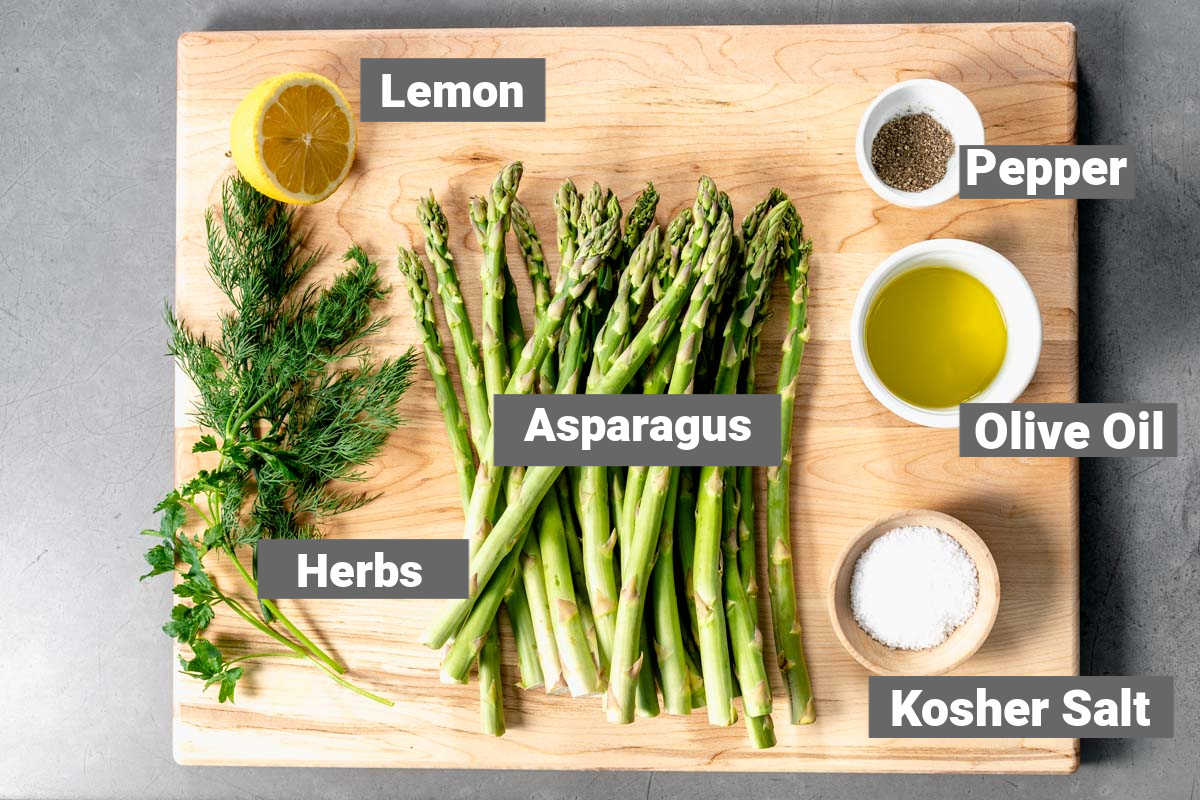
Asparagus:
You will need two bunches for this recipe. In the grocery store, look for spears with firm tips and ones that are not dried or wrinkled along their stems.
If purchasing the asparagus ahead, keep them in a plastic bag in the vegetable drawer. Asparagus is best if eaten within a day or two of purchase.
Olive oil:
Use cooking quality oil for this recipe. Because grilling is high heat, you will not notice any nuance of flavor from a good quality olive oil, so reserve that for another use, such as finishing off a bowl of Minestrone soup with a drizzle. I like Kirkland olive oil for my everyday cooking olive oil.
Salt and Pepper:
While there are plenty of opportunities to add flavor here, I went with the basics, just salt and black pepper. If you have a spice blend or herb blend that you like to use you can add that as well. Note that I call for “salt” which means just regular iodized table salt. Kosher salt is lower in sodium than regular salt and cannot be used 1:1. You can also add in fresh garlic or garlic powder here as well for more flavor.
Optional Toppings
Today we chose to add on lemon zest, juice and herbs. You can really mix up the overall flavor profile by what you add on at the end. I’ve come up with a bunch of tasty ways to season roasted asparagus over the years, so make sure to check out these variations to try.
Step-By-Step Instructions
You will need a large rimmed baking sheet for this recipe. I like to use a “half sheet” pan for roasting vegetables.
What is the best oven temperature for roasting asparagus?
One of the keys to great texture is to get the oven hot before you begin. We recommend using a 450-degree oven (232 C) to roast asparagus, so it is important to preheat before adding the pan of asparagus. This will brown the asparagus quickly as opposed to letting it heat more gradually in a cooler oven. If you heat the asparagus too slowly, the asparagus will be cooked through before it browns.
Asparagus is relatively low in sugars so it doesn’t brown as easily as carrots or parsnips. I mention this because in my recipe for roasted parsnips, I use a cooler oven, as is the case in my Roasted Carrots and Onions recipe which are also high in sugars and would brown too fast before softening all the way through.
Prepare the Asparagus
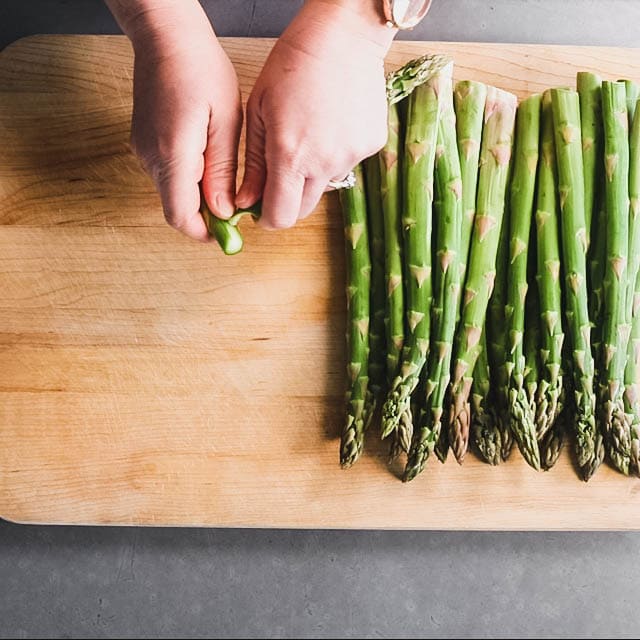
While the oven is preheating, the first thing you need to do is prepare the asparagus. Rinse and dry the asparagus. Discard any yellowed or wrinkled spears.
The bottom third or so of the asparagus stalk are often quite fibrous and pithy so this needs to be removed.
To find the area of the stalk where it transitions from hard and unpleasant to tender, bend it in half and allow them to break naturally.
Discard the bottoms, and use only the tender upper portion of the asparagus stalks.
Add Seasoning and Arrange In The Pan
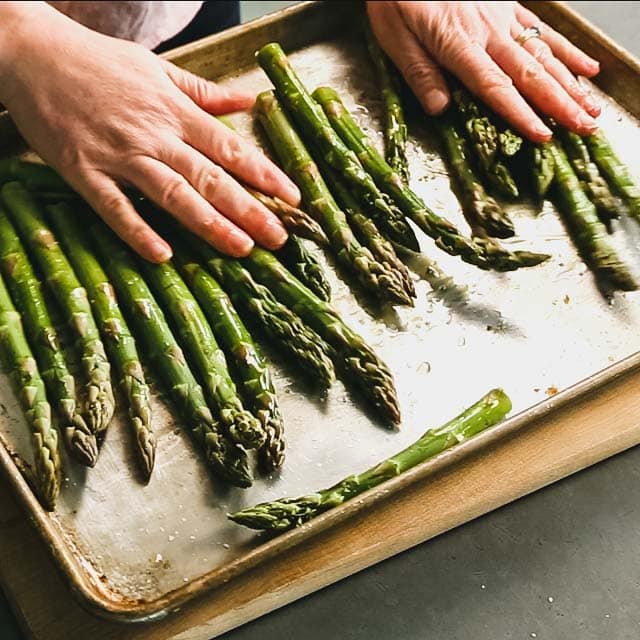
Ratio Of Ingredients: For basic roasted asparagus I use the following formula: 2 bunches of asparagus to 1 tablespoon olive oil, 1/2 teaspoon coarse kosher salt and pepper to taste. This is the perfect amount to fill one pan without overcrowding.
Why Use Oil: It is important for the oil to coat the asparagus because this is what causes them to brown in the hot oven. It also keeps them moist and prevents them from drying out.
How To Season: Spread the asparagus on the sheet pan, drizzle with the oil and sprinkle with the salt and pepper. Then use your hands to toss them together to allow the oil and seasoning to coat the spears.
Overcrowding causes the vegetables to steam instead of brown, and the asparagus will get too soft before it browns. Spread the spears out side by side so they don’t touch or overlap. I usually run some laterally along the top so everything fits better.
How Long To Bake Asparagus
If you have thin asparagus spears they will cook faster than fatter and thicker spears so there is quite a range of cooking time. In general, for thinner spears, it takes 8 minutes to roast asparagus and for thicker asparagus up to 15 minutes.
Thin Spears
Spread them out into a single layer. If they take up too much space, feel free to use two sheet pans.
Roast them for four minutes. Use tongs to flip them over and then continue roasting for four more minutes on their second side. If you have some of the really really thin spears that are occasionally available, they may need even less time!
Test to see if they are tender and add on a couple of minutes if they are still pretty crisp.
Thick Spears
For fatter asparagus stalks, you will need a little bit more time. I found 7 minutes per side was perfect for average sized asparagus, and thick stalks can take even more.
Flipping and Stirring Vs Not
I should mention that it is not 100% necessary to flip asparagus when you roast it. It is so fast that it won’t really matter too much to the final product.
If you find this too cumbersome, you can skip it all together because it can actually prevent them from browning well if it takes you too long. That’s because the heat escapes out of the oven and they will start to steam. Moisture from steaming will inhibit the browning, so it’s best to avoid that!
I usually just do a quick little roll, and some of them roll some don’t. It will all work out.
To Finish and Serve
Once the asparagus comes out of the oven, it is ready to be eaten. You can enjoy it hot or room temperature. As I mentioned before, this is just a basic recipe for roasted asparagus. You can eat it just the way it is, or you can use one of the flavor combos I mentioned here. Today I used lemon and herbs, because they are delicious, springy and add flavor without additional calories.
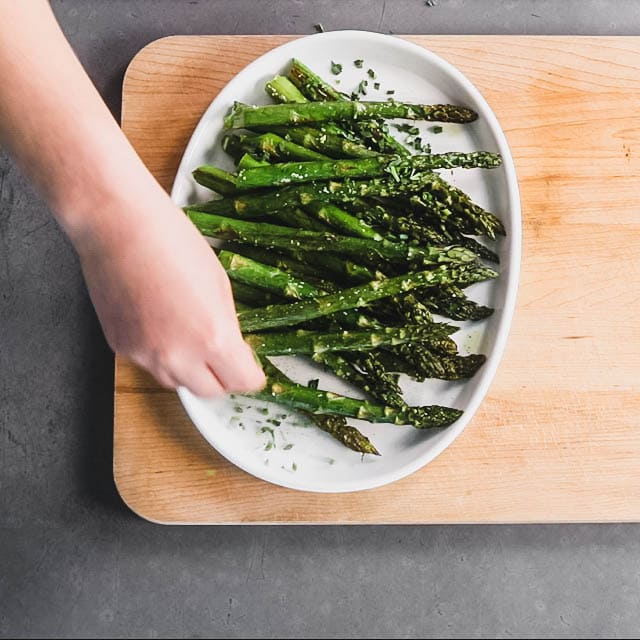
Make sure to remove the asparagus from the pan and transfer it to serving plates or a platter before you add anything acidic. Because aluminum is reactive, it should not come in contact with ingredients like vinaigrette, hollandaise or lemon.
Expert Tips and FAQs For The Best Baked Asparagus
This is most likely a case of the asparagus cooking too long. To prevent this, make sure your asparagus is dry before you start. Coat it well with oil. Additionally, it is not overcrowded on the pan and the oven is good and hot. With really fresh asparagus, straight from the garden, less cooking time is better!
I find that the asparagus browns best if it is directly in contact with the hot metal of the pan so I don’t recommend using parchment for roasting asparagus.
It is not necessary to peel the bottom third of the stalks with a vegetable peeler. While it looks pretty, it will not affect the texture of the final dish. What is more important is to snap off the tough bottom part of the stalk before cooking them.
Lemon and asparagus taste great together, but it or other acidic ingredients should be added at the last minute, just before serving, because the asparagus will quickly turn from bright green to faded brownish army green. When the asparagus is cooked the lemon reacts with the chlorophyll in the cells of the asparagus.
What goes with oven-baked asparagus?
- Roasted asparagus is a versatile side dish that pairs with a variety of main courses.
- Serve it with Beef Tenderloin steaks, Baked Salmon in Foil or with Honey Mustard Chicken Thighs for a classic pairing.
- Or serve with a vegetarian main course like this Vegetarian Mushroom Carbonara recipe.
- It is also great with this roasted turkey recipe, roast pork loin or ham and even can be added to a brunch menu.
- If it is warm enough to grill our Grilled Greek Boneless Chicken Thighs are a fast and healthy protein to pair with this asparagus.
Variations To Try
- Lemon and Herbs: 1 tablespoon chopped chives, 1 teaspoon chopped tarragon, ½ lemon zested plus a squeeze of lemon juice from the lemon half.
- Pesto: Thin two tablespoons pesto with 1 tablespoon olive oil (or water for a lower calorie option.)Top with shaved Parmesan Cheese.
- Vinaigrette: Lemon Dressing or Tarragon vinaigrette are two favorites paired with asparagus.
- Hollandaise: I like to make Greek Yogurt Hollandaise to keep the calories in check.
- Balsamic Vinegar: The sour and slightly sweet flavor of balsamic vinegar is a great compliment to roasted veggies including asparagus.
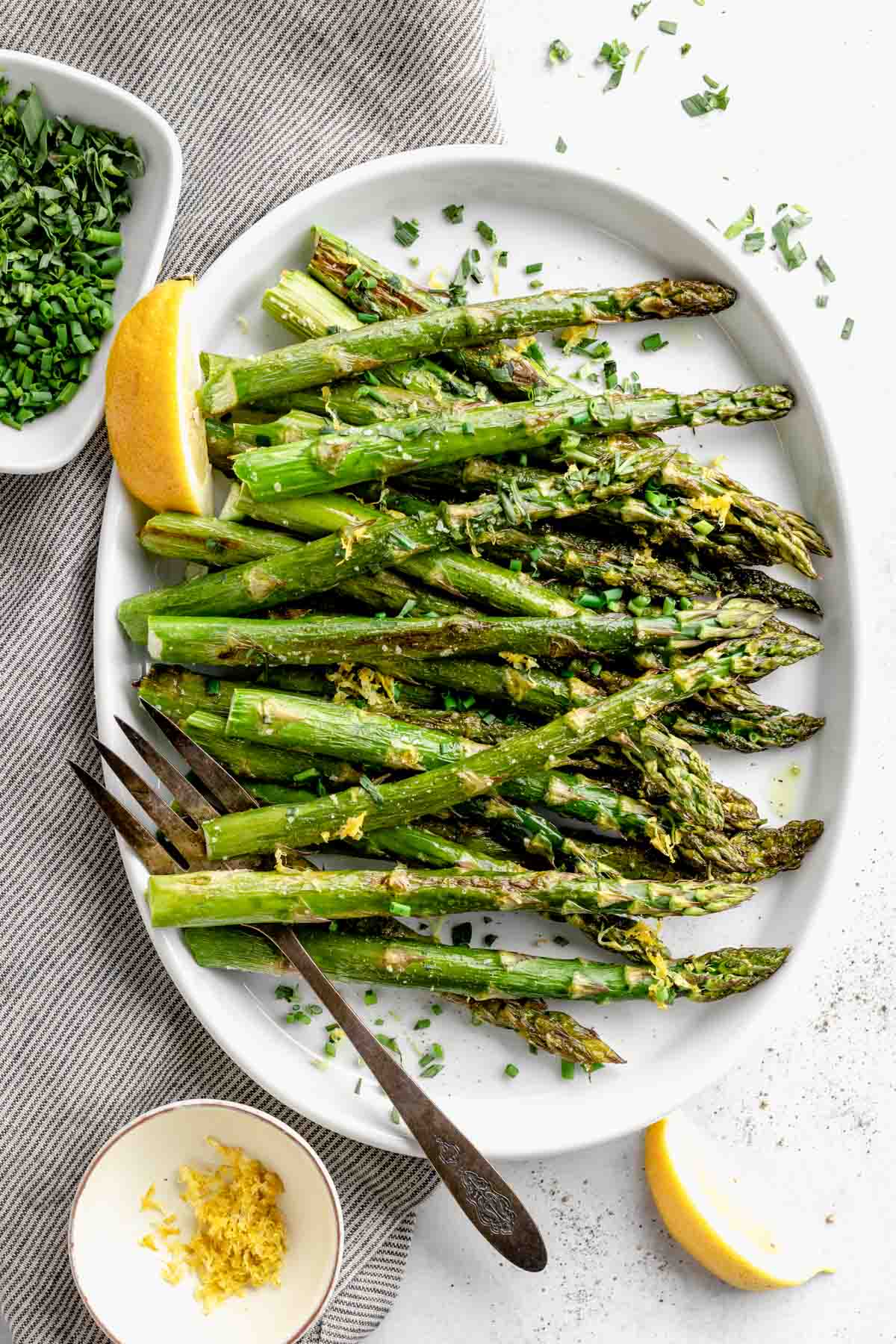
More Asparagus Recipes
- Fire up the grill and make Grilled Asparagus this spring. It is simple and can’t be beat! It’s low carb, low calorie and vegan!
- This Shaved Asparagus Salad with goat cheese and hazelnuts is an unexpected spring salad.
- Our Asparagus Pizza with pesto can be made with or without proscuitto.
- This Asparagus Panzanella is a non-traditional bread salad, and topped with a poached egg makes a delicious spring brunch or supper.
- This Asparagus with Tarragon Vinaigrette is a great way to use chilled cooked asparagus.
- Add it to rice and chicken and you have a great one pot meal! Try my One Pot Chicken and Rice with Spring Veggies.
- Our Asparagus Orzo and this Shrimp and Asparagus Pasta are two of our most recent asparagus recipes.
- My guide to asparagus contains a full list of recipes.
- Make sure to check out this collection of 35 healthy asparagus recipes too!
Thanks so much for reading! If you are new here, you may want to sign up for my email newsletter to get a free weekly menu plan and the latest recipes right to your inbox. If you make this recipe, please come back and leave a star rating and review. I would love to hear what you thought!
Happy Cooking! ~Katie
Print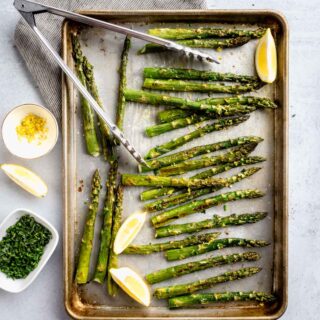
Oven Roasted Asparagus Recipe
- Total Time: 18 minutes
- Yield: 6 servings 1x
Description
If you are wondering the best way to make roasted asparagus without it turning mushy, limp and watery you are in the right place! I am going to show you how to roast asparagus, and a simple way of jazzing it up with just a couple simple ingredients.
Ingredients
2 bunches asparagus, pithy ends snapped off
1 tablespoon olive oil
1/2 teaspoon coarse kosher salt
Freshly ground pepper to taste
Instructions
- Preheat oven to 450 degrees F. Lay asparagus on a large rimmed baking sheet. Drizzle with the oil and sprinkle with salt and pepper. Toss to combine and then spread out into a single layer.
- Roast the asparagus, rolling them over once if desired, until crisp tender, 8 to 12 minutes for very thin to thin spears and 13 to 15 minutes for thicker spears. Serve immediately.
Notes
For additional flavor, top the roasted asparagus with any of the following combinations:
- Lemon and Herbs: 1 tablespoon chopped Chives, 1 teaspoon chopped tarragon, ½ lemon zested and juiced
- Pesto: Thin two tablespoons pesto with 1 tablespoon olive oil (or water for a lower calorie option.)
- Vinaigrette: Drizzle on 3 to 4 tablespoons favorite vinaigrette.
- Hollandaise: Drizzle with 1/2 cup to 2/3 cup fresh warm hollandaise sauce.
- Prep Time: 5 minutes
- Cook Time: 13 minutes
- Category: Side Dish
- Method: Oven
- Cuisine: American
Nutrition
- Serving Size: 1/6th batch
- Calories: 50
- Sugar: 3 g
- Fat: 2 g
- Saturated Fat: 0 g
- Carbohydrates: 6 g
- Fiber: 3 g
- Protein: 3 g

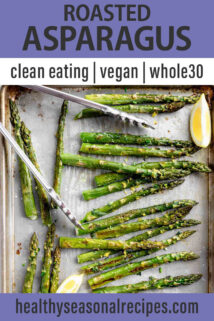
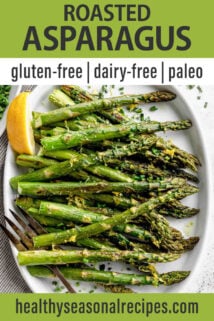
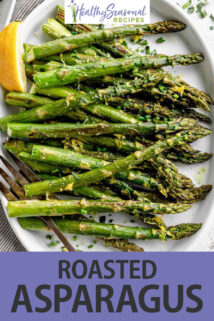
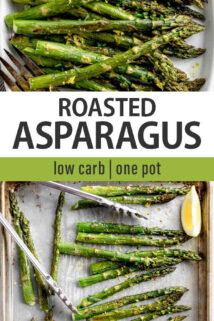
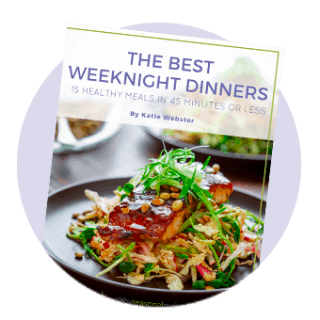

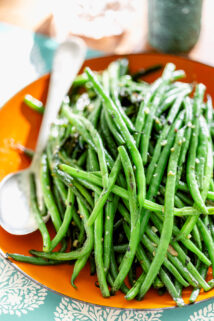
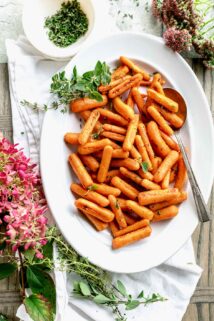
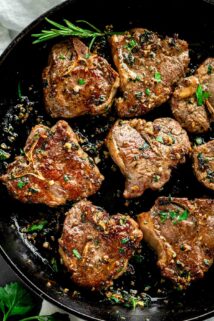
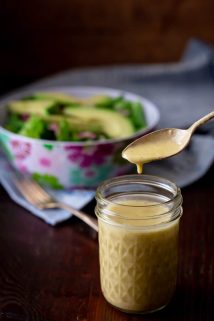

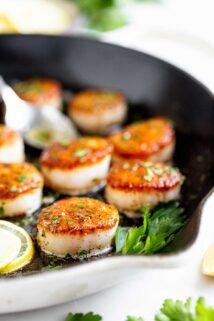
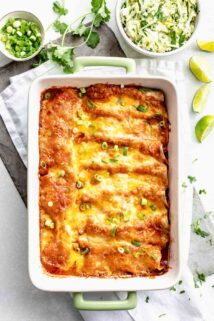
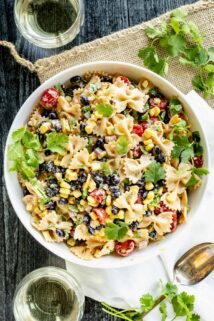

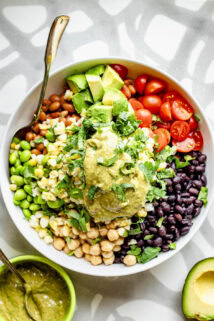
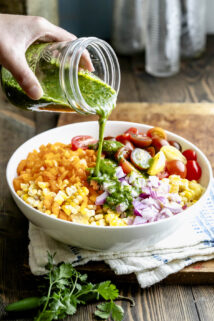
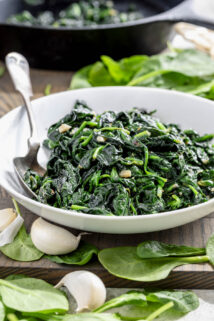
TLDR. and filled with ads and pop-ups. I wish context creators would learn what people don’t want and stop providing low quality material.
Great roasting technique. My tray was too small for 2 bunches (real big and fresh), so I used 2. I need a kitchen vent, tho.. they smoked up the place pretty well. Zested 1/2 a lemon and squeezed it for juice. Feel it overwhelmed the taste of the asparagus… Will try a different variation next time…
Roasted asparagus with that idea for a pesto topping! I am all set.
Love that one! Thanks Donny!
This is such a great and easy recipe!
So glad you liked it!
My favourite vegetable. This asperagus is simple and delicious!
Thanks so much! Glad you liked it Yang!
I love a good simple delicious veggie side dish and this was it!
I’m totally with you. Thanks so much for letting me know that it went well Tina!